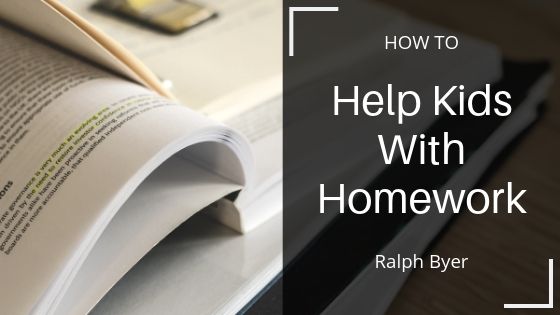The school year has officially begun, and with it comes daily homework. Helping kids with homework can be a troublesome part of the day for many parents. Some children do not want to complete their homework, may spend the entire time complaining, or require a lot of help. Rather than accept that homework time will be miserable, parents should be proactive about taking steps to make it easier on the kids and themselves.
Create a Routine
Whether they admit it or not, kids love routine. Routines allow them to know what to expect and help them feel in control of their time. There is no one perfect time of day to do homework, so talk with your child and ask when they prefer to complete it. Although you may need to compromise, they will feel valued when you use their feedback.
Set aside an Area Just for Homework and Studying
Every home has distractions like electronic devices and family members. Kids need help to focus on their task, and reducing these distractions can be beneficial. The study area selected need not be fancy, but just a quieter area away from the gathering spaces. The kitchen, dining room, or office are a few suggestions.
Lead the child to the Answers without Doing it for Them
Parents want their kids to do their best in school, but giving them too much help hinders the learning process. When the child is struggling on a question, use guiding questions to help them find the answer. If they cannot think of the correct answer or solution, then show them how to find it in the book. They will learn problem-solving skills, accelerate understanding, and absorb more information when they do their own work.
Homework time doesn’t have to be something that parents dread each school day. Creating positive routines will help children to get into good study habits at home. Another common challenge is dealing with distractions. This can be reduced by setting aside a designated study area in a quiet area. Finally, when the child needs help with their homework, it is best to lead them to the answers rather than quickly providing it to them. This helps them learn how to problem-solve and better understand new information.
